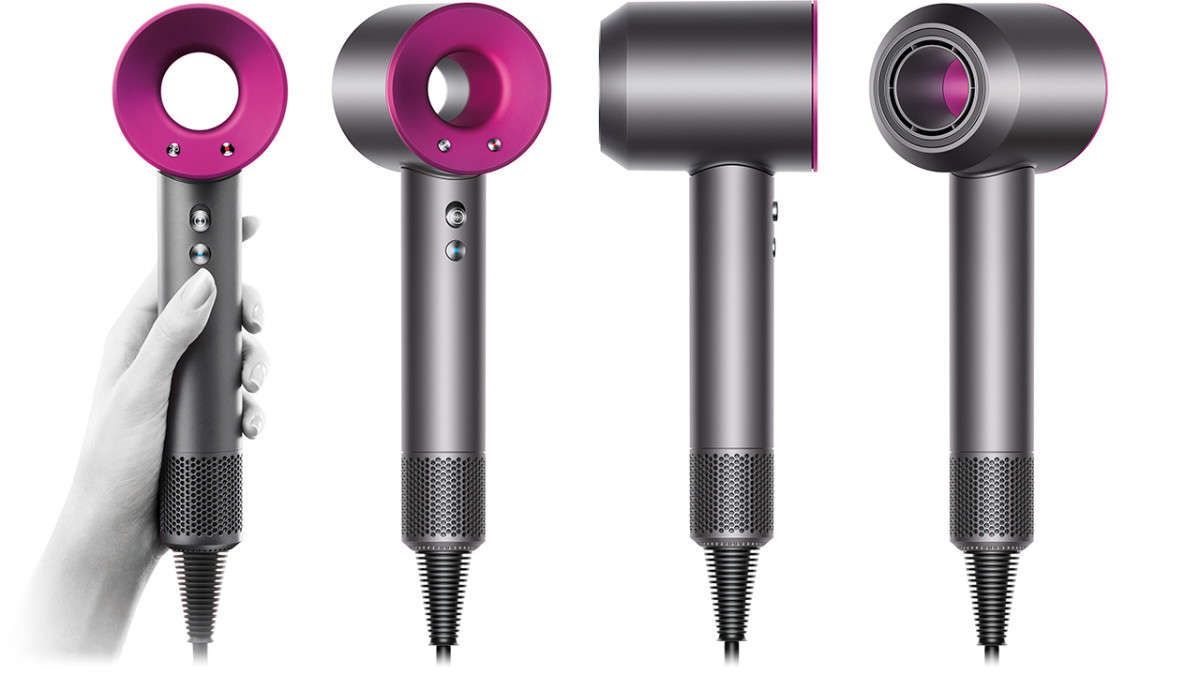
Dryers are a convenient alternative to hanging laundry on clothes racks, which can be time consuming and take up room in your home. Plus, they prevent musty odours and bacteria build-up that can result from damp clothing.
Traditional dryers use hot air to vaporize the water in wet laundry. The vaporized moisture then exits the dryer via a vent connected to your house.
Clothes Dryer Options
Clothes dryers can save a lot of time and money over drying clothes on a rack or hanging them outside. Most offer multiple cycle options, smart-home connectivity, sanitizing settings and even wrinkle preventative options.
If you opt for a vented model, make sure it is set up in a well-ventilated laundry room. Otherwise, moisture can build up and cause mould and dampness in your home. If you are unable to vent, consider an energy efficient heat pump condenser dryer.
A no-fuss electric dryer that’s a good choice for budget-conscious shoppers, this Maytag appliance features an easy-to-use control panel and a reversible door that folds down instead of swinging to the side. It’s also equipped with a lint filter, end-of-cycle signal and time and temperature adjustments. However, it doesn’t have the latest mobile app control or energy efficiency settings found on premium models. It does include 14 cycle modes ranging from Bedding to Delicates, as well as steam and sanitizing cycles.
Energy Efficiency
The best dryers are ENERGY STAR certified, which means that they use 20 percent less energy than non-certified models. If you’re buying a new major appliance anyway, consider upgrading to one of these models to save money and energy.
In recent decades, manufacturers have greatly improved the efficiency of washing machines and refrigerators. But, clothes dryers are still energy hogs. A new conventional clothes dryer can consume twice as much electricity as a new refrigerator.
There is significant room for further improvement in energy efficiency in North American dryers. In particular, dryers using heat pump technology show promise for substantial savings. This technology is currently making significant market gains in Europe, but is not yet available for purchase in the U.S. The EPA estimates that the proposed standards would save consumers $9 billion in total operating costs over the lifetime of covered products (see section IV.J for details). This amount is in addition to the life-cycle cost (“LCC”) and simple payback period (“PBP”) savings from reduced emissions achieved by the standards (see sections IV.B and IV.F, respectively).
Clothes Dryer Safety
If you want to minimize damage, look for a dryer with settings that find the perfect balance of heat and time. And keep in mind that clothes dryers must be vented outdoors to eliminate lint and other contaminants, so it’s important to follow all manufacturer maintenance instructions, clean the lint filter before each load, and regularly check outside to make sure critters haven’t blocked the vent.
If you need to reduce your energy costs, consider a dryer with a dual inverter heat pump that recycles warm air from the drum to eliminate the need for ducting. This design also saves money by reducing your power bill by lowering cycle times and saving on energy usage. And for added convenience, this model offers smart connectivity and can be voice-controlled with Alexa or Google Assistant. It can also send alerts to your phone when it’s time to clean the exhaust vent or if it detects an obstruction in the lint screen.
Clothes Dryer Accessories
Laundry accessories streamline the laundry process and make it more efficient. From laundry pedestals that give you more space to move and load your washer and dryer, to dryer racks that allow you to dry delicate items that are not tumbled or cannot be washed, there’s a lot of great options to choose from.
When you look inside a dryer, the first thing you see is the heating element — which is a standard nichrome wire that consumes about 4,000 to 6,000 watts during each cycle. A system of gears, cams and electrical contacts control how long the elements remain on to heat air for drying clothes and other materials.
Other dryer parts include the thermostats, timer knob, blower wheel, thermistor, motor and exhaust vent. Replacement dryer parts are available for a variety of models and brands. Often, these parts are inexpensive and easy to install in your laundry room. They can help restore your machine’s efficiency, enhance performance and reduce energy consumption.
